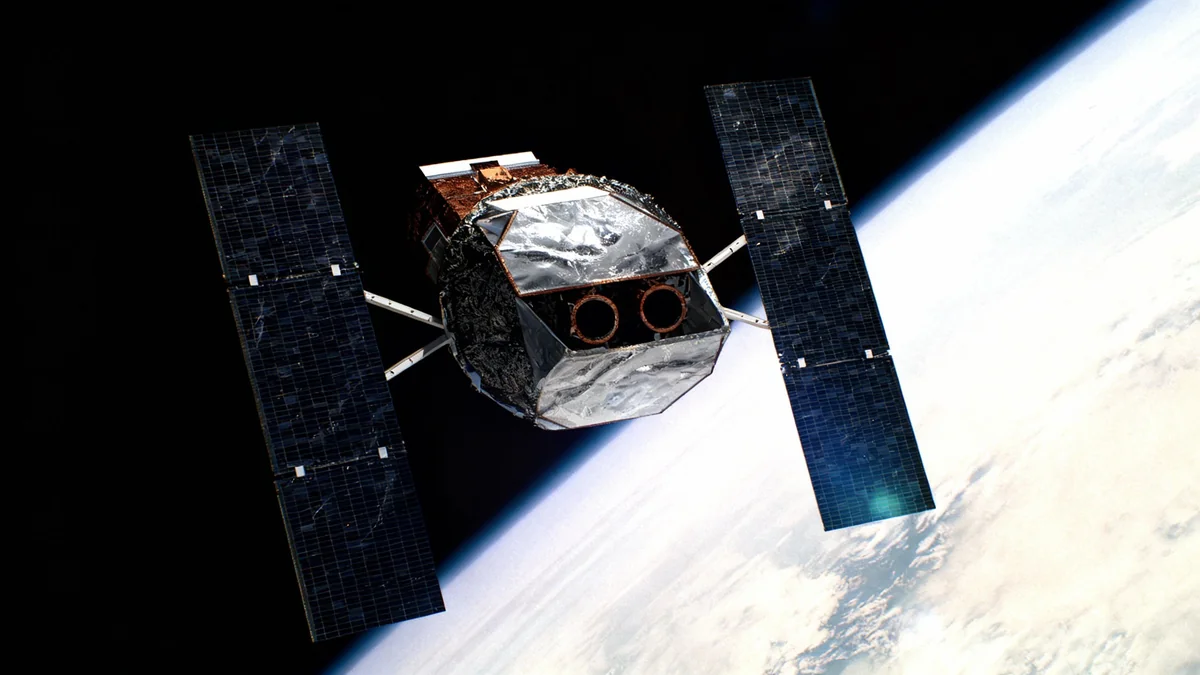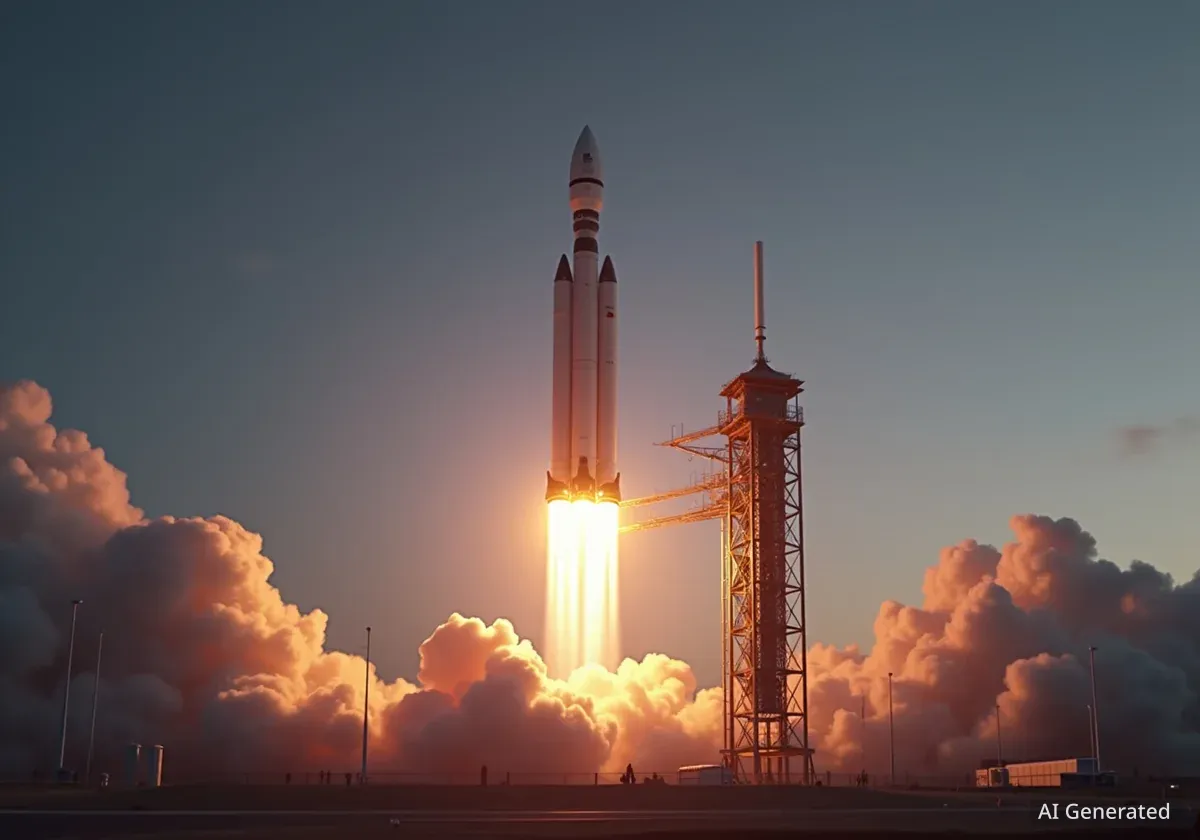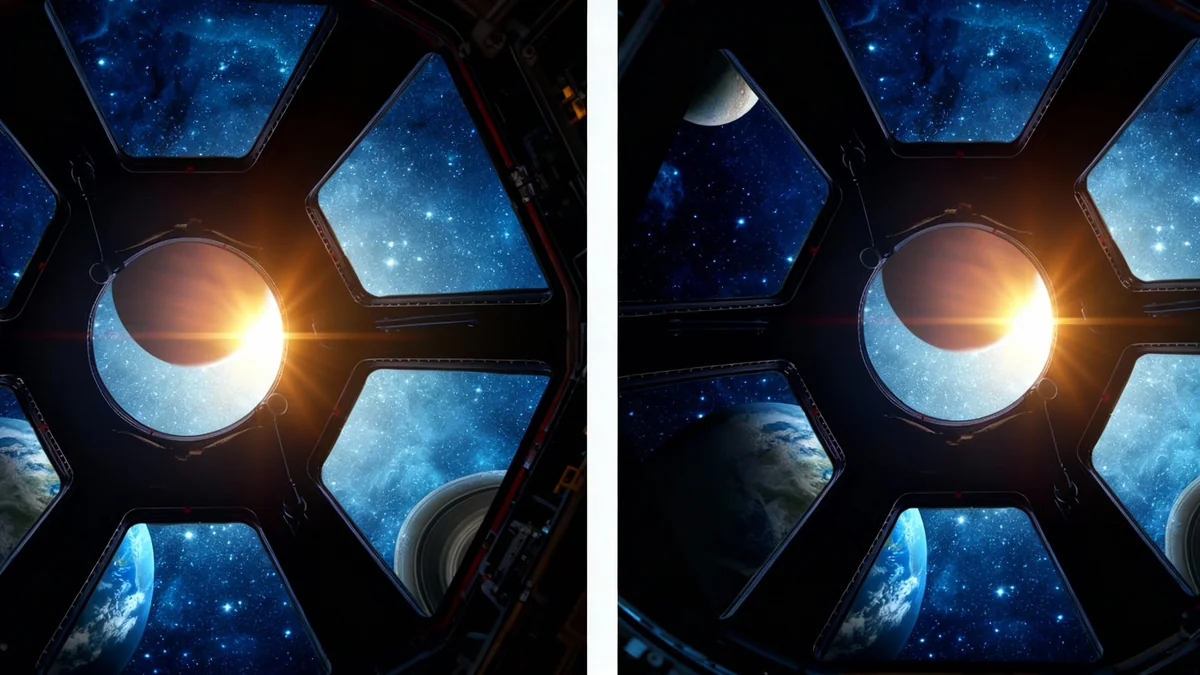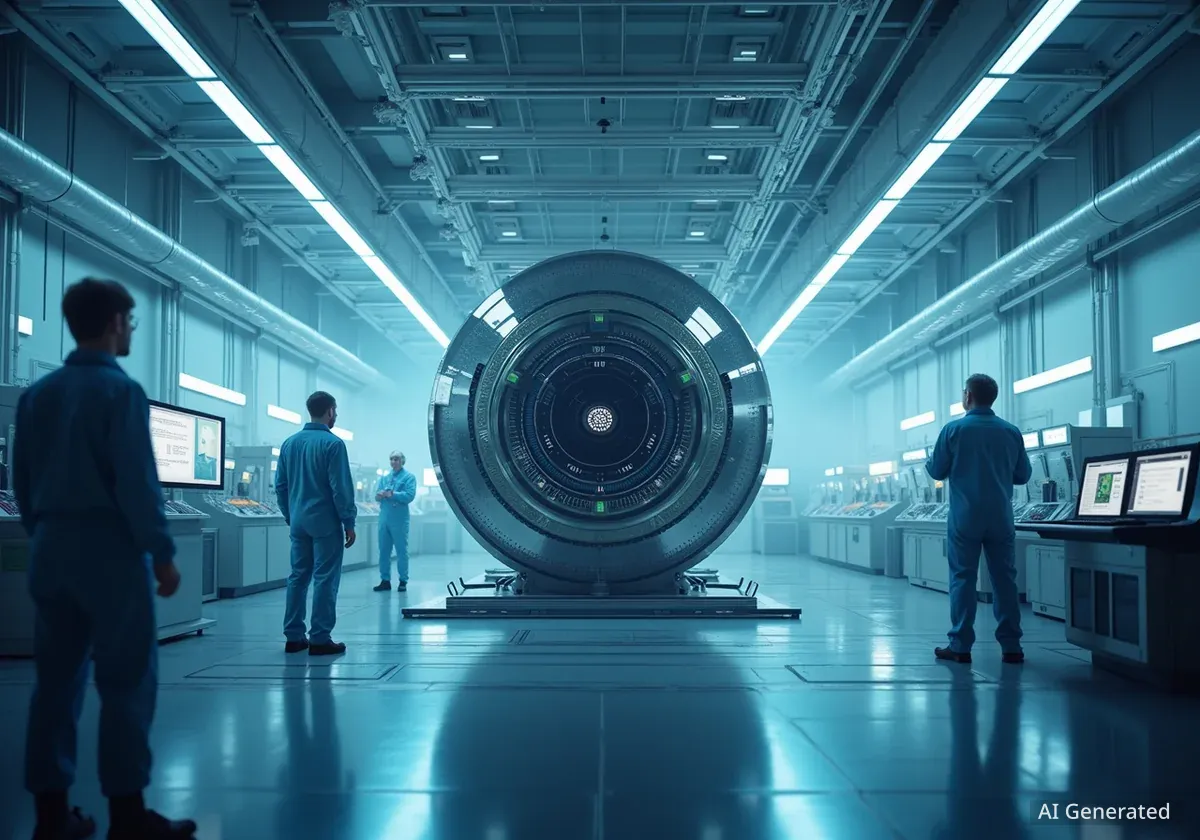Voyager Space has announced its AI-powered commercial space station, Starlab, is prepared for launch, according to CEO Dylan Taylor. The statement signals a major step forward in the private sector's race to establish a permanent human presence in low Earth orbit as the International Space Station nears retirement.
Speaking in an interview on October 6, 2025, Taylor confirmed the company's readiness to proceed with the ambitious project. While Voyager's stock has seen a period of stabilization since its public offering in June, the company's focus remains on deploying what could be one of the first commercial successors to the ISS.
Key Takeaways
- Voyager Space CEO Dylan Taylor states the company's AI-integrated space station, Starlab, is ready for launch.
- Starlab is a commercial venture designed to replace the capabilities of the aging International Space Station (ISS).
- The station will heavily feature artificial intelligence for autonomous operations, research, and predictive maintenance.
- The project is part of NASA's Commercial Low-Earth Orbit Destinations (CLD) program to foster a private space economy.
Starlab Mission and Objectives
Voyager Space, in a joint venture with Airbus, is developing Starlab as a continuously crewed, free-flying space station. Its primary mission is to provide a destination for international space agencies, researchers, and commercial entities to conduct experiments and develop products in a microgravity environment.
The announcement of its launch readiness positions Starlab as a key contender in the emerging market for commercial space habitats. According to company documents, the station is designed to support a wide range of activities.
- Scientific Research: Offering facilities for biology, materials science, and physics research.
- In-Space Manufacturing: Creating an environment for producing high-value materials like fiber optics or pharmaceuticals.
- Technology Development: Serving as a testbed for new space-related technologies and systems.
- Tourism and Media: Providing a potential destination for private astronauts and media projects.
Replacing a Legacy: The Post-ISS Era
The International Space Station (ISS) has been a cornerstone of space exploration for over two decades but is slated for decommissioning around 2030. To avoid a gap in U.S. presence in low Earth orbit, NASA initiated the Commercial Low-Earth Orbit Destinations (CLD) program. This program funds private companies like Voyager Space to develop commercial stations, with NASA planning to be just one of many customers in a new orbital economy.
The Role of Artificial Intelligence in Orbit
A key differentiator for Starlab is its deep integration of artificial intelligence. CEO Dylan Taylor emphasized that AI is not an add-on but a core component of the station's architecture. This integration is expected to streamline operations and enhance scientific output significantly.
The AI systems are designed to manage several critical functions. Predictive maintenance is a major focus, where AI algorithms will monitor the station's health, identify potential equipment failures before they occur, and optimize repair schedules. This reduces reliance on ground control and minimizes astronaut time spent on routine maintenance.
Furthermore, AI will play a central role in managing scientific payloads. It can automate complex experiments, process vast amounts of data in real-time, and even suggest new avenues of research based on initial findings. This allows for a more efficient and productive research environment than what is currently possible.
"Our mission is to bring AI to space in a foundational way. Starlab won't just use AI; it will be run by it. This is about creating a smarter, more autonomous, and more efficient platform for humanity's future in orbit," Taylor explained during a Bloomberg interview.
Autonomous Operations and Crew Support
Another benefit of the AI integration is enhanced autonomy. Starlab is being engineered to operate with minimal human intervention, a critical feature for reducing long-term operational costs. The AI can manage life support, power distribution, and orbital trajectory adjustments, freeing up the crew to focus on high-value scientific and commercial work.
For the astronauts on board, the AI will act as an intelligent assistant. It can provide procedural guidance, monitor crew health, and manage schedules, creating a safer and more supportive living and working environment in the harsh conditions of space.
Starlab by the Numbers
- Diameter: 8 meters (26 feet), providing a large, continuous pressurized volume.
- Pressurized Volume: Approximately 450 cubic meters, roughly half that of the ISS.
- Crew Capacity: Designed to support up to four astronauts simultaneously.
- Power Generation: Expected to generate around 60 kilowatts of power through its solar arrays.
Market Position and Financial Outlook
Voyager Space went public in June 2025, and while its stock performance has been modest, the company's long-term strategy is centered on securing a significant share of the post-ISS economy. The successful deployment of Starlab would validate this strategy and likely have a substantial impact on its market valuation.
The company is not without competition. Several other private ventures, including Axiom Space and Blue Origin's Orbital Reef, are also developing commercial space stations with support from NASA's CLD program. The race is to be the first to establish a fully operational and commercially viable platform in low Earth orbit.
Voyager's partnership with Airbus, a global leader in aerospace, provides it with significant engineering expertise and manufacturing capability. This strategic alliance is considered a major asset in navigating the complex technical and logistical challenges of building and launching a space station.
The Emerging LEO Economy
Analysts project the low Earth orbit economy could be worth hundreds of billions of dollars in the coming decades. This market includes not only research and manufacturing but also satellite deployment, space tourism, and media production. Starlab aims to be a central piece of infrastructure enabling this new economic frontier.
The success of these commercial stations is vital for maintaining U.S. leadership in space and for transitioning human spaceflight activities into a sustainable, commercially-driven enterprise. The readiness of Starlab marks a critical milestone in this transition, moving the concept of a private space station from a blueprint to a tangible reality.





